Red Light District
The Red Light District in Amsterdam, known as De Wallen, established itself in the 13th century. It first emerged in 1270 following the construction of a bridge that connected the city's islands. The specific islands or parts of Amsterdam that were linked by this bridge are not clearly detailed in the available historical records. At that time, Amsterdam was evolving from a small fishing village into a significant port city, and the construction of such bridges was crucial in facilitating the expansion and connectivity of the city's various areas.
This particular bridge played an essential role in the city's urban development, particularly in the area that would become known as the Red Light District. De Wallen, initially a trading port, had sex workers from its very earliest days. Sailors, who were among their most regular clients, frequented this district, bringing with them the spoils of the Dutch Empire.
These historical roots indicate that the Red Light District's origins are deeply intertwined with Amsterdam's development as a port city and its subsequent growth during the Dutch Empire's era of maritime exploration and trade.
Although, the Red Light District in Amsterdam has been operational since the city's founding in the 13th century, with prostitution being a constant presence, there have been periods when the district's activities were significantly disrupted or altered.
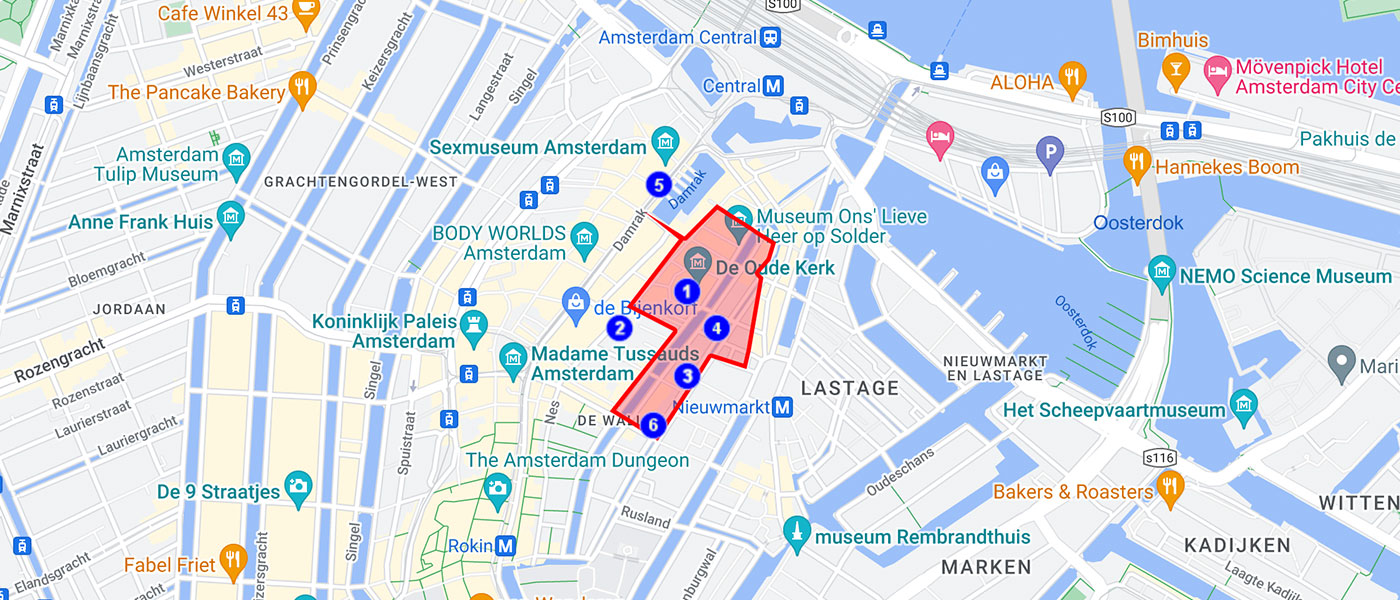
During World War II, the Red Light District experienced a slump in its activities. The German occupiers imposed a curfew, which restricted the usual nighttime business. Additionally, the Red Light District was declared off-limits for entertainment-seeking German soldiers, and windows that were usually illuminated to attract clientele were darkened due to enforced blackouts. Prostitution moved away from the windows and doors and went underground, with many sex workers finding clients in cafes.
More recently, the Red Light District was closed due to the COVID-19 pandemic. In March 2020, the Dutch government imposed restrictions that led to the closure of brothels, along with other entertainment and tourist venues, in an effort to control the spread of the virus. The lockdown was significant enough that sex work was not allowed to resume until September of that year.
Throughout the pandemic, porn videos have been watched more than ever. Our website helps in this regard, having hundreds of porn deals available for purchase. So if you want to get a good discount, and try a network of your liking, just browse through our deals.
We are confident you will find something good! The biggest networks like Brazzers discount, Teamskeet discount and EvilAngel discount are all available here.
These instances depict how the Red Light District has been a long-standing and resilient part of Amsterdam's landscape, but it has not been immune to external forces and has experienced closures and transformations in response to major historical events.
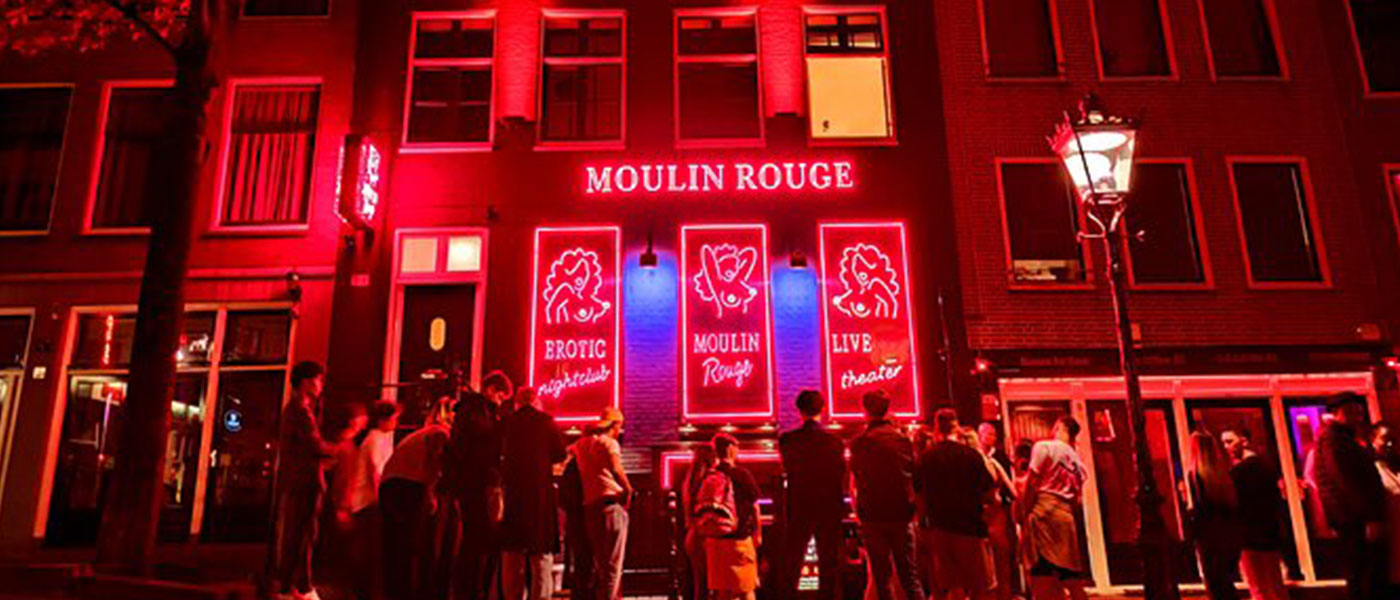
The Dutch government has also made attempts to alter or shut down parts of the Red Light District in Amsterdam. One notable instance was a plan launched by Amsterdam’s mayor, Femke Halsema, to overhaul the Red Light District. This plan, known as the “Future of Window Prostitution in Amsterdam,” included various scenarios such as stopping street-view prostitution, closing down city centre brothels and relocating them elsewhere, reducing the number of city centre brothels, and tightening licensing of window workers.
The harshest option within this plan advocated for the closure of all brothels in the Red Light District. This was part of an effort to protect sex workers from ogling tourists and address issues like human trafficking and the abuse of women, though the mayor assured that this would not lead to the outlawing of prostitution outright.
Furthermore, the Amsterdam City Council has expressed a desire to relocate the Red Light District due to resident complaints about crime and rowdy behavior by visitors. A proposal was put forward in 2021 to set up a large new erotica center, moving the city's infamous Red Light District to a different location. This planned building would provide 100 places for sex workers, along with spaces for work breaks and other facilities.
This move, however, sparked backlash from sex workers, who argued that such relocation would threaten their livelihoods, further stigmatize their profession, and deprive them of the safe working environment provided by the close-knit neighborhood of De Wallen.
In many regions globally, sex work is met with societal disapproval and stigma, but Amsterdam stands out with its more progressive and regulated approach to this profession. In this Dutch city, sex work is not only recognized as a legitimate profession but is also structured with a framework that provides support and oversight. This is evident in the unionization of sex workers, an initiative that empowers them with collective representation and rights, akin to workers in other industries.
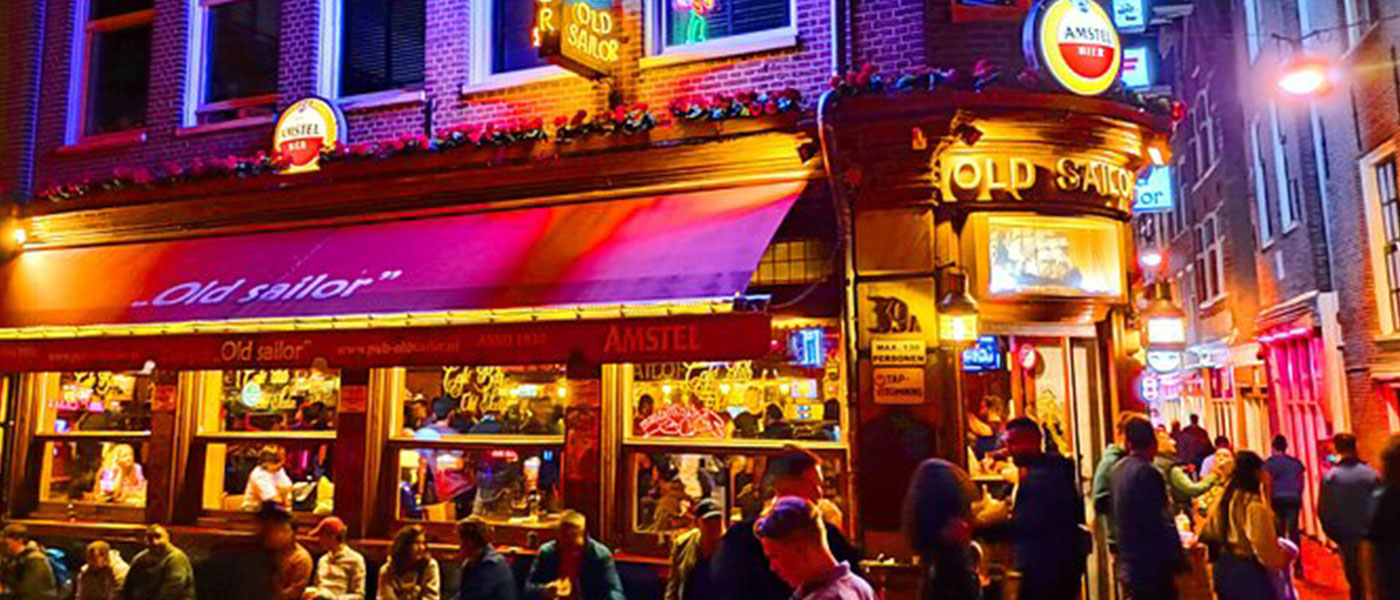
Also, Amsterdam's regulatory framework for sex work is comprehensive, aiming to ensure the profession is both profitable for those involved and conducted within a controlled, safe environment. These regulations cover various aspects, including health and safety standards, licensing requirements for sex-related businesses, and strict rules against illegal practices. The goal is to create a transparent and ethical environment for sex work, where the rights and well-being of sex workers are protected, and the profession is integrated into the city's socio-economic fabric in a managed and respectful manner.
This approach reflects Amsterdam's broader commitment to progressive social policies and respect for individual choices and rights. It contrasts sharply with the approach in many other parts of the world, where sex work often operates in a legal grey area or is outright criminalized, leading to marginalization and vulnerability for those in the profession. Amsterdam's model demonstrates an alternative approach, where regulation and support can lead to a safer and more dignified environment for sex work.
The sex industry is regulated under the Amsterdam Municipal Ordinance (APV), with specific rules and regulations for legal prostitution to ensure safe and healthy working conditions. Key regulations include:
1. Licensing System:
Businesses in the sex industry, including window prostitution, private clubs, 'private houses' (sex clubs without a bar), and escort agencies, must have a license. This requires an approved business plan detailing safe, hygienic working conditions and the health and independence of sex workers. The licensing also covers proper business administration, rental conditions, intake, and supervision.
2. Illegal Prostitution:
This refers to any form of prostitution that should have a license under the APV but does not. It includes prostitution in private residences with multiple sex workers or in massage parlours, as well as some illegal escort services. While completely eliminating illegal prostitution is challenging, strict regulation and enforcement are used as deterrents.
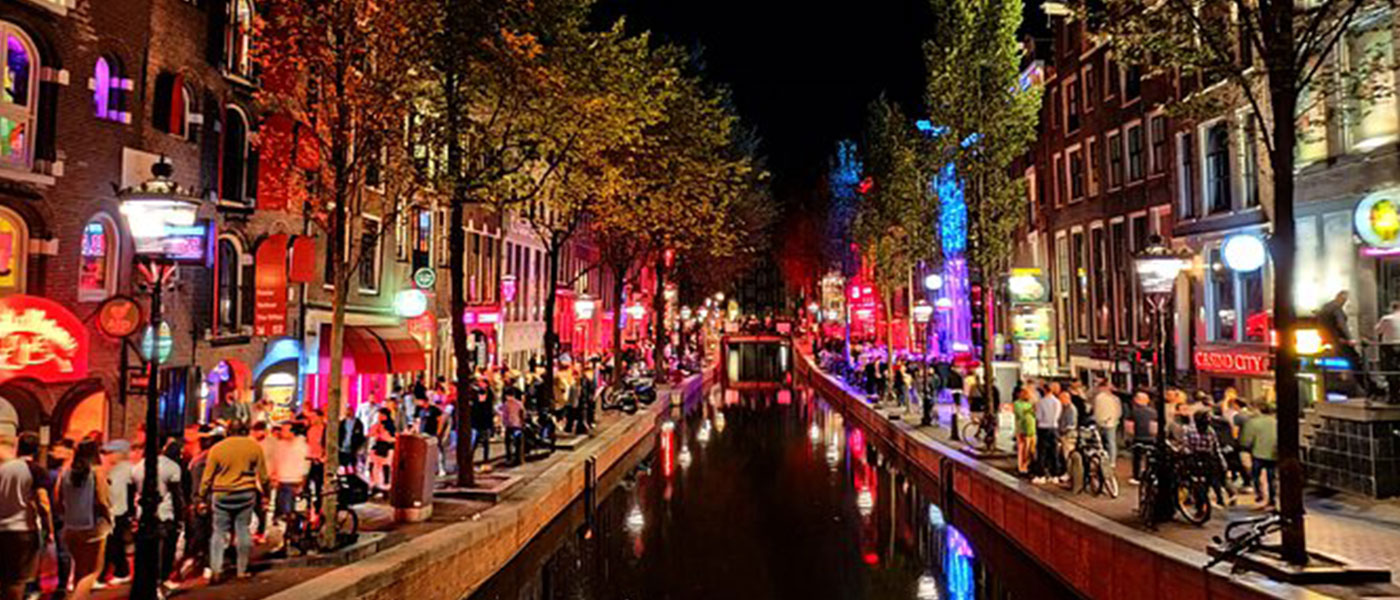
3. Amsterdam’s Approach:
The city's approach involves more joint inspections with the police and other partners to identify and combat abuses in the industry, with a focus on disrupting illegal prostitution. This includes cooperation with healthcare and social service organizations to provide assistance to sex workers who need it.
4. Regulations on Home and Massage Parlor Prostitution:
Prostitution in private homes is only legal for individuals working alone without any personnel. Massage parlours are not allowed to offer sexual services without a license, and surprise inspections are conducted to uncover illegal activities.
5. Regulation of Escort Agencies:
Illegal escort activities, which can occur throughout the city, are monitored through anonymous hotel inspections. These inspections aim to expose illegal practices and involve cooperation with hotels to share information about the methods used by illegal escort agencies.
These rules are designed to create a safer and more transparent sex industry while addressing concerns about illegal activities and the well-being of sex workers.
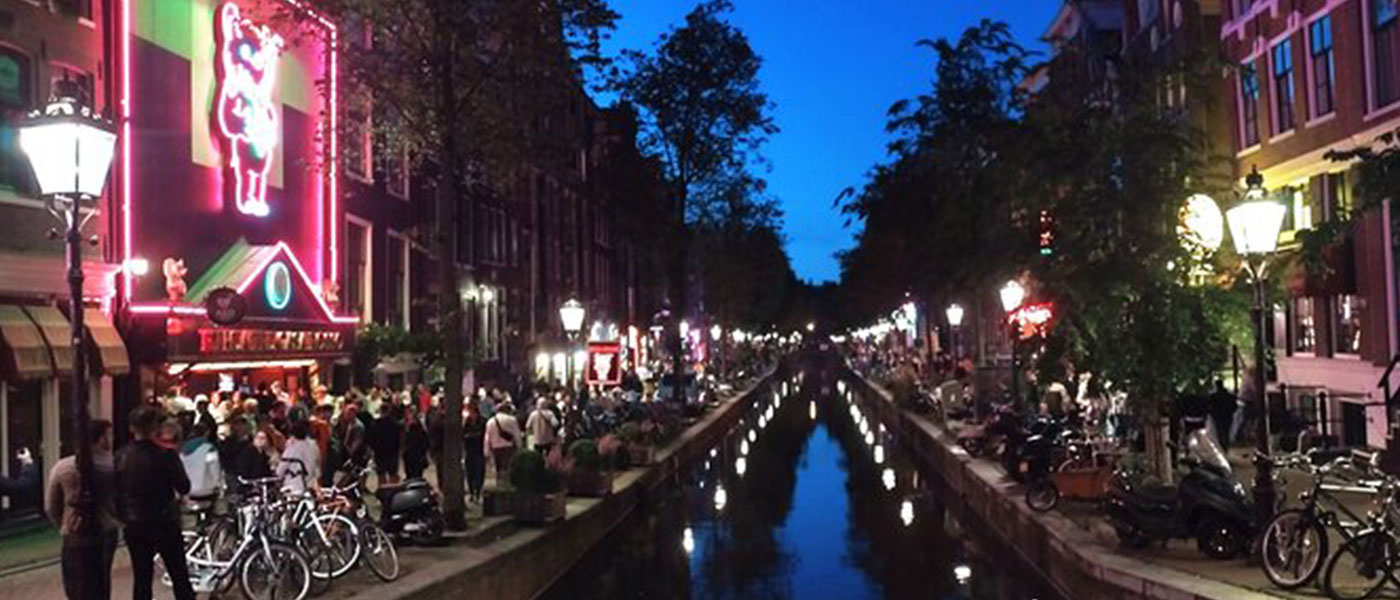
In wrapping up, it's essential to acknowledge that despite the often negative perception surrounding sex work, it remains one of the oldest professions known to humanity. This historical continuity underlines its deep-rooted presence in various cultures and societies. In modern times, particularly in places like Amsterdam's Red Light District, there is a significant shift in how this profession is approached and managed. The local authorities and organizations are not just passively accepting its existence but actively working in tandem with sex workers to enhance their working conditions.
This collaborative approach in Amsterdam is a model of progressive thinking. It involves creating a controlled, safe, and clean working environment that not only benefits the workers but also addresses broader societal concerns. By implementing strict regulations, providing health and safety measures, and ensuring the rights and dignity of sex workers are upheld, Amsterdam is at the forefront of destigmatizing this profession.
These efforts are crucial in dispelling some of the longstanding negative connotations and problems associated with sex work. They demonstrate a path towards a more humane and pragmatic treatment of sex workers, recognizing their profession as a legitimate choice and an integral part of the social and economic fabric. This model could serve as an example for other cities and countries, showing that with appropriate management and respect for individual rights, it is possible to transform the perception of sex work and improve the lives of those involved in this profession.
